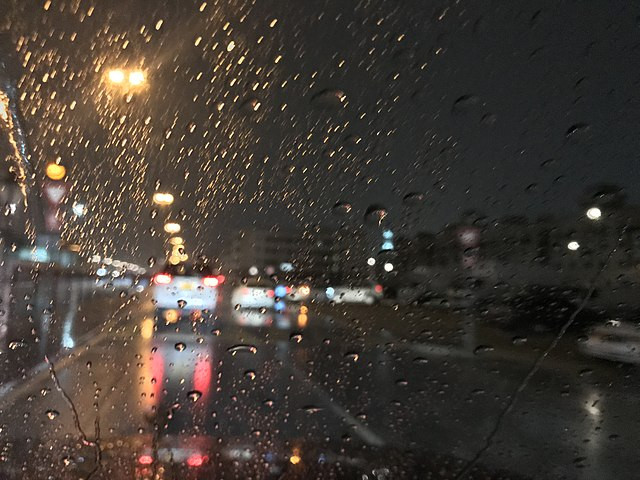The United Arab Emirates (UAE) has been hit by the heaviest rainfall in 75 years, causing widespread chaos and disruption across the country, particularly in the popular tourist destination of Dubai. According to the UAE's state media office, some areas recorded more than 250 mm of precipitation in fewer than 24 hours, an unprecedented amount since records began in 1949.
The extreme weather conditions, which are part of a larger storm system traversing the Arabian Peninsula and moving across the Gulf of Oman, have led to flooding, uprooted palm trees, and shattered building facades. In Dubai, flights were canceled, traffic came to a halt, and schools were closed as the city struggled to cope with the deluge.
The National Center of Meteorology in Abu Dhabi stated that the rainfall surpassed anything recorded since the start of climate data collection in the UAE, with the Khatm Al Shakla area outside the city of Al Ain receiving 10 inches of rain in less than 24 hours. The meteorology center described the event as "exceptional" in the UAE's climate history and expects even larger amounts of rainfall in the coming hours.
Dubai International Airport, recently crowned the second-busiest airport in the world, was heavily impacted by the floods. Shocking video footage showed the tarmac underwater as massive aircraft attempted to navigate the floodwaters. Disruption to airport operations continued into Wednesday, with access roads blocked by flooding and multiple airlines, including Emirates, reporting flight delays. The airport advised passengers not to come to the airport unless absolutely necessary.
The heavy rainfall also caused significant damage to infrastructure and property across the UAE. Video shared on social media showed furniture flying off balconies, while images published in local media depicted gridlocked traffic on Dubai's Sheikh Zayed Road and luxury cars almost entirely submerged in the Business Bay district. A Dubai Metro station was flooded, forcing commuters to wade through ankle-deep water.
The extreme weather conditions have not been limited to the UAE, with neighboring Oman also experiencing severe flooding. At least 18 people, including schoolchildren, have been killed in flash floods triggered by heavy rain in Oman, according to the country's National Committee for Emergency Management.
The rainfall continues to shift east, impacting parts of southern Iran and Pakistan, areas that typically see little precipitation this time of year. Iran's southernmost city of Chabahar in the Sistan and Baluchestan province recorded 130 mm of rain.
While rumors circulated that the chaos was man-made, an official at the UAE's National Center of Meteorology dismissed claims that the rain was caused by cloud seeding, a practice meant to enhance rainfall in arid or semi-arid regions. The UAE has been cloud-seeding since the 1990s and has been doing it regularly over the past few years.






